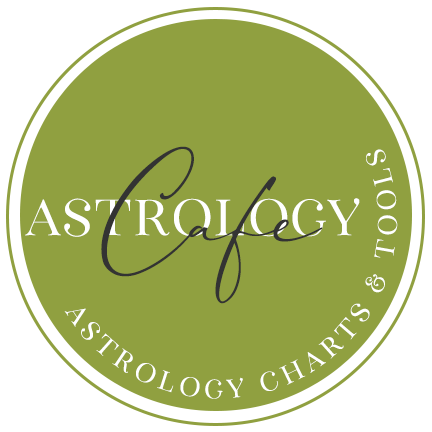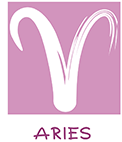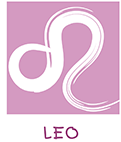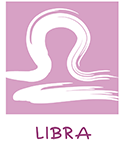Sun/Moon Midpoint Contacts
Sun/Moon Midpoint in Relationship Astrology
Although they don’t necessarily reveal the quality of a relationship, Sun/Moon midpoint contacts between charts (in synastry or chart comparison) do point to a strong sense of belonging together in Relationship Astrology.

I am not sure who first pointed out the importance of contacts between the Sun/Moon midpoint in one chart and the Sun and the Moon in another chart, but I do know it works. I also know that Rose Murray, in her book When Planets Promise Love (affiliate link), makes a strong case for it.
For me, it’s one of the first things I look for in chart comparison. When checking for potential longevity, first I check for soft and hard aspects between the Sun in one chart and the Moon in another. Next, I check for hard aspects (conjunction, opposition, square, semi-square, and sesquiquadrate) between each person’s Sun/Moon midpoint and the Sun or Moon of their partner.
After that, I calculate the Sun/Moon midpoint in the composite chart, and see if that makes any hard aspects to the Sun and the Moon of each individual’s chart.
Any of these factors contribute to an attachment that could be meaningful and long-lasting, although not necessarily idyllic! Again, it’s not about quality–it’s about attachment.
If you’re unfamiliar with the technique behind calculating the Sun/Moon midpoint, click here.
I’ve had plenty of questions through emails about when the Sun/Moon midpoint only occurs one way, which is more often the case, and who is the most needy, so to speak, person in the relationship. The “owner” of the contacted Sun/Moon midpoint is the one who tends to be more attached to the person whose Sun or Moon aspects the midpoint.
This sometimes explains one-sided attachments, but it should be noted that plenty of strong relationships occur when the activated Sun/Moon midpoint isn’t reciprocated by the partner. In fact, the energy does seem to reciprocate in some way, as both partners can feed off the energy of belongingness. Having it both ways is perhaps ideal, but one way works.
Also, if person A’s Sun or Moon forms a hard aspect to the composite Sun/Moon midpoint, that person also has a strong attachment to the relationship itself.











